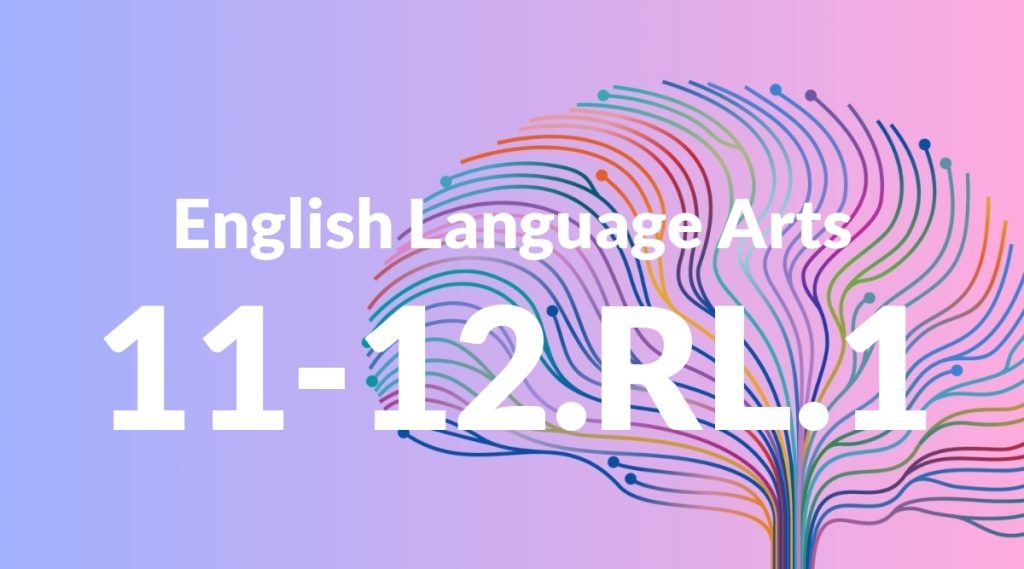Standard: 2.RL.1 – Ask and answer such questions as who, what, where, when, why, and how to demonstrate understanding of key details in a text.
Grade level: Grade 2
Subject: English Language Arts
Domain: Reading: Literature
Teacher Overview
This standard focuses on helping students ask and answer questions about key details in a text, which is crucial for developing reading comprehension skills. Understanding who, what, where, when, why, and how helps students grasp the main ideas and details of stories, setting the foundation for more advanced literary analysis in later grades. Students should be familiar with identifying basic story elements and have prior experience with listening to and discussing stories.
After mastering this standard, students will be able to analyze more complex texts, make inferences, and draw conclusions based on key details, enhancing their overall reading comprehension and critical thinking skills.
Common Misconception 1
A common misconception is that students may think all details in a story are equally important. This is incorrect because key details are those that are essential to the understanding of the story’s main events and themes.
Intervention 1
To address this misconception, teachers can use examples and non-examples to show the difference between key details and minor details. Activities such as story mapping and graphic organizers can help reinforce this differentiation.
Common Misconception 2
Another misconception is that students might believe ‘why’ and ‘how’ questions are not as important as ‘who,’ ‘what,’ ‘where,’ and ‘when’ questions. This is incorrect because ‘why’ and ‘how’ questions often lead to a deeper understanding of the text.
Intervention 2
Guided reading sessions can be used to emphasize the importance of ‘why’ and ‘how’ questions. Teachers can model thinking aloud strategies to show how these questions contribute to a deeper comprehension of the text.
Prerequisite Knowledge
Students should be able to identify basic story elements such as characters, setting, and main events. They should also have experience with listening to and discussing stories.
Subsequent Knowledge
Students will develop the ability to analyze more complex texts, make inferences, and draw conclusions based on key details. They will also enhance their critical thinking and comprehension skills.
Instructional Activities
- Story mapping with key details
- Creating graphic organizers
- Guided reading sessions focusing on ‘who, what, where, when, why, and how’ questions
- Retelling stories with emphasis on key details
- Class discussions about key details in a text




